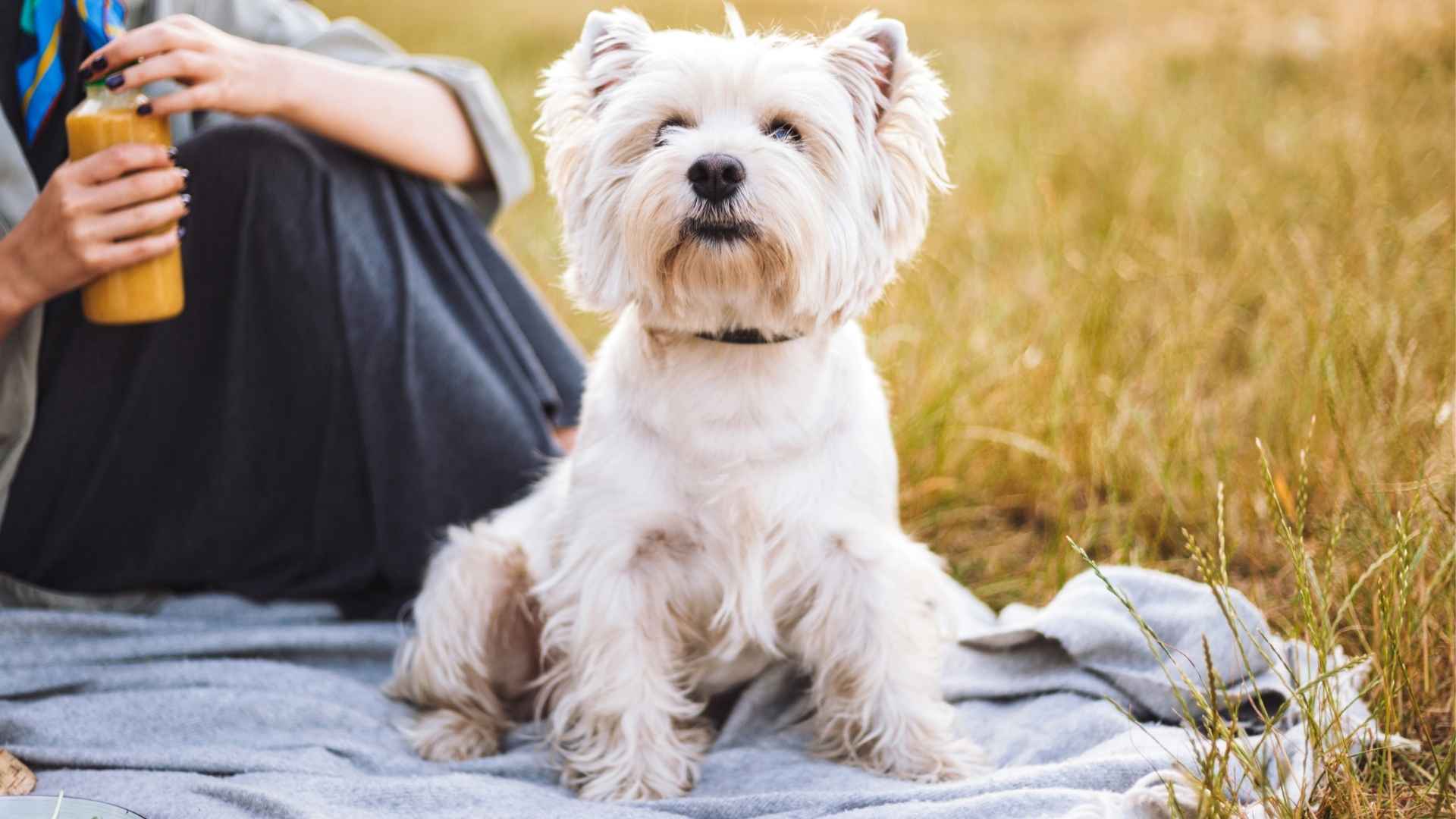Imagine falling in love with a dog… only to be hit by a sneezing fit moments later. For allergy sufferers, the dream of dog ownership often feels out of reach. But here’s the good news—it doesn’t have to be.
Dog allergies are triggered by proteins found in a dog’s dander, saliva, and urine, not by the length of their fur. While no dog breed is completely hypoallergenic, there are certain breeds that drool less and shed minimally, and are a breath of fresh air—literally!
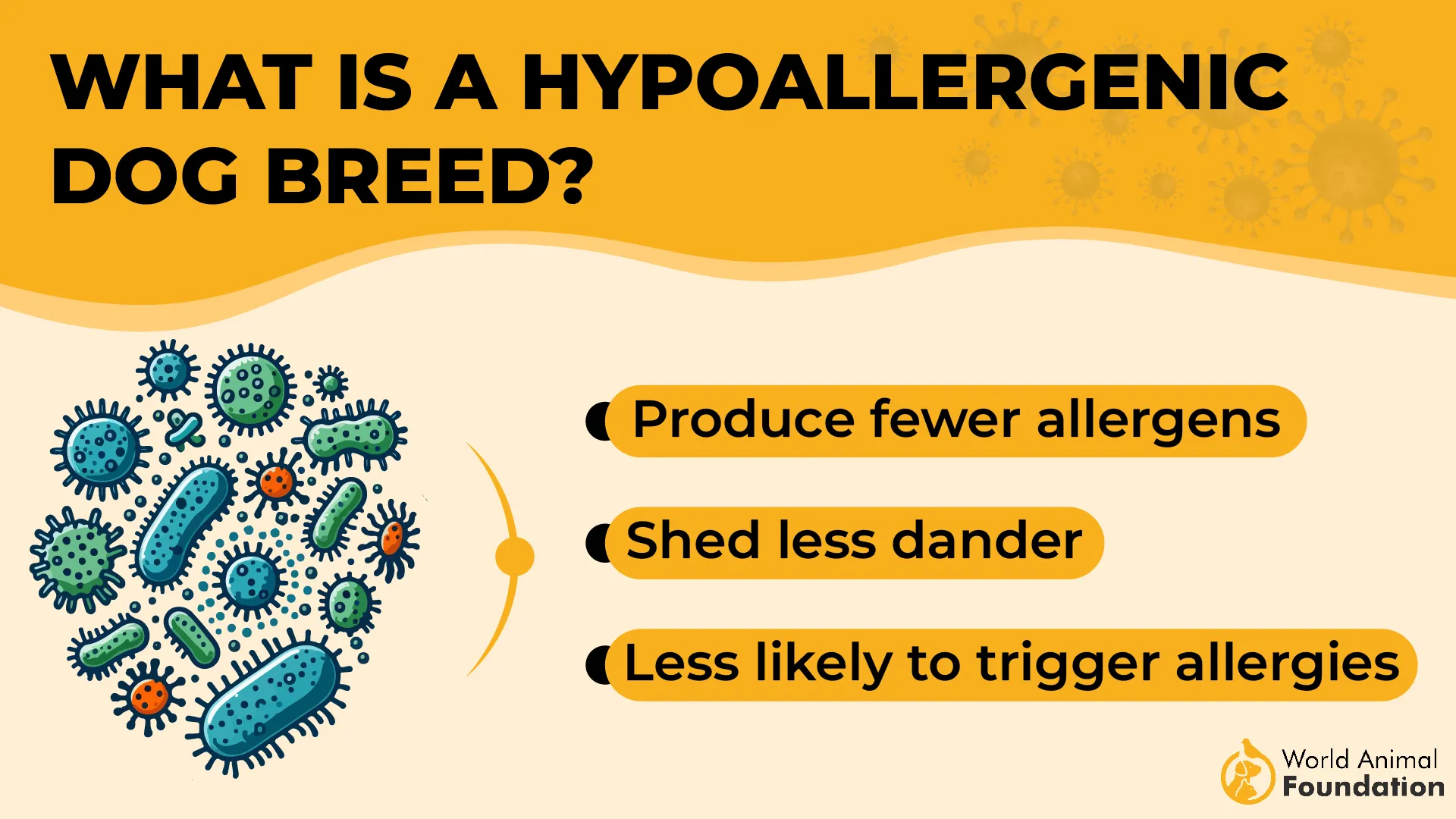
Hypoallergenic dog breeds offer a beautiful compromise: companionship without the constant sniffles, watery eyes, or that dreaded scratchy throat. Whether you’re dreaming of a playful pup or a snuggly sidekick, there are allergy-friendly dogs to fit every lifestyle.
We’ll explore the best hypoallergenic dog breeds that make sneezing a thing of the past. You’ll learn which ones are great with kids, which require low grooming, and which ones love cuddling on the couch. So grab your tissue box—not for allergies, but to wipe those happy tears as you meet your future best friend.
Best Hypoallergenic Dog Breeds
1. Afghan Hound
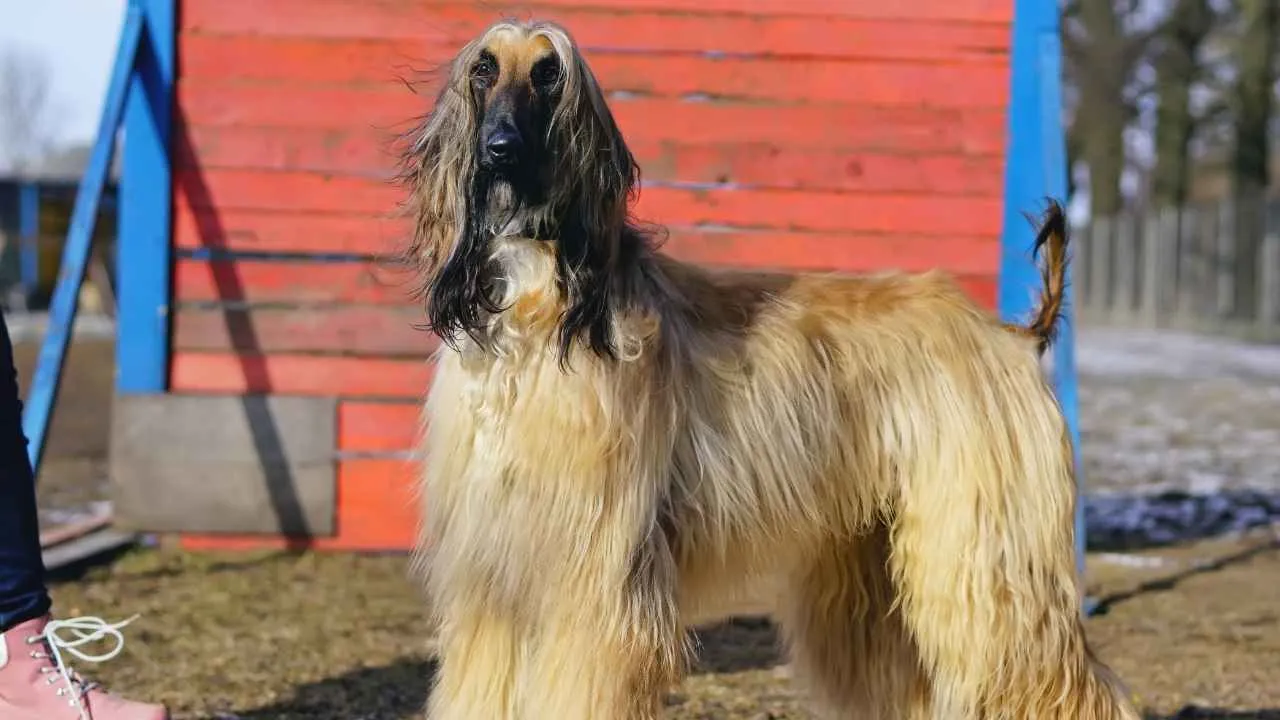
Elegant, glamorous, and basically the supermodel of the dog world, the Afghan Hound is more than just a pretty face. According to the AKC, they’re one of the top breeds for allergy sufferers. Why? Their fine, silky, flowing coat traps dander rather than letting it fly, they don’t have an undercoat, and they shed minimally—basically a triple win for your nose.
But don’t let the high-fashion look fool you—they were originally bred to hunt, so they’ve got a serious prey drive. Small pets may want to keep their distance unless they enjoy a game of high-speed chase.
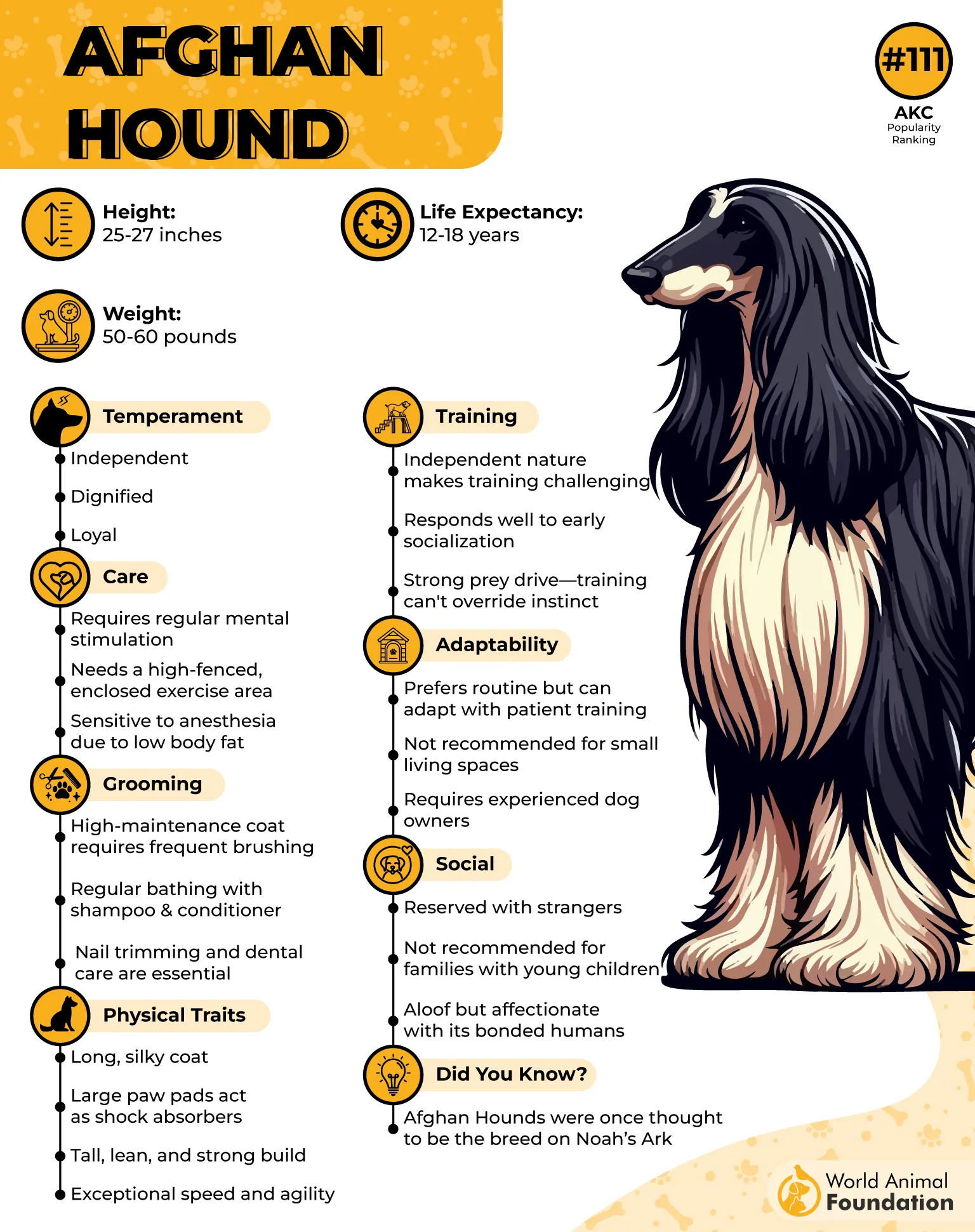
Afghan Hounds aren’t natural people-pleasers, but within the family, they can be an incredibly affectionate breed, loyal, and full of quirky charm. They are generally quiet and not prone to excessive barking.
Afghan puppies are pretty low-maintenance when it comes to grooming, often rocking adorable little beards called monkey whiskers (yes, really).
As per WebMD, Afghan Hounds are naturally independent and need consistent training to form a strong connection with their human family. With their long legs, they do need a solid two hours of exercise daily—think walks, runs, hikes, or even lure coursing (a fancy way to say “chasing things”).
2. Chinese Crested
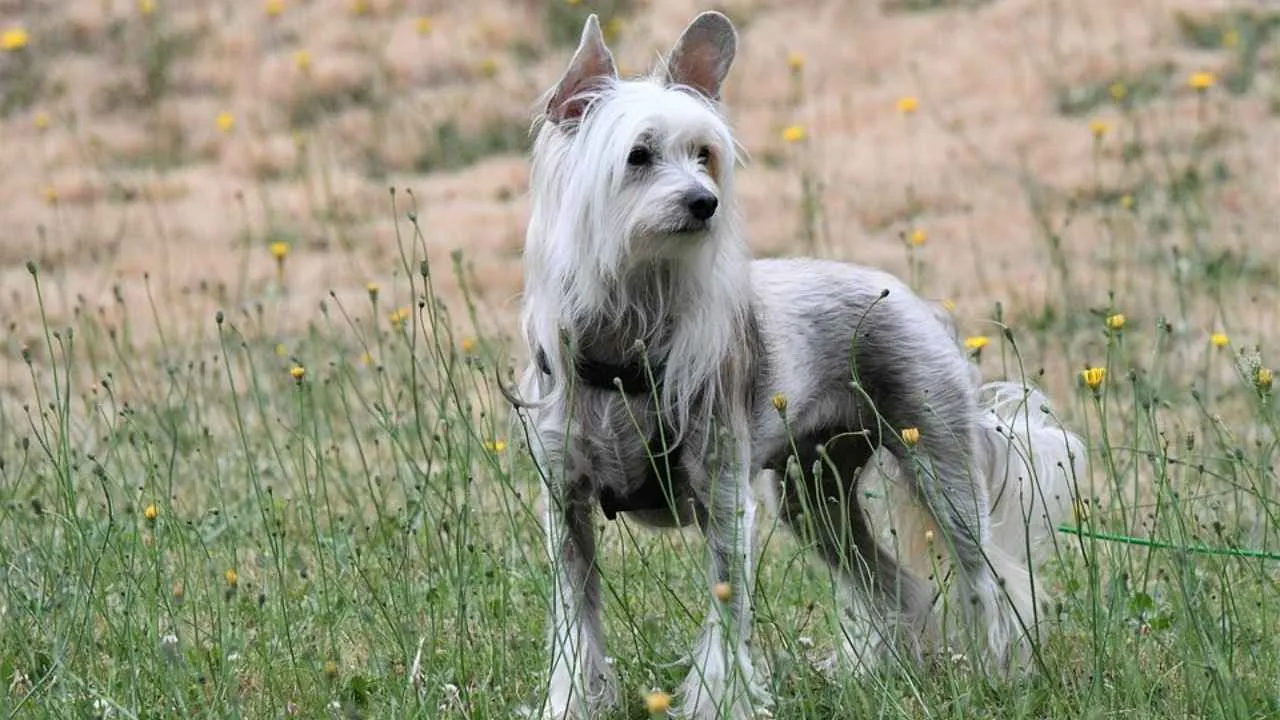
If you ever wanted a dog that looks like it just came back from Coachella, meet the freakish-looking Chinese Crested. These quirky cuties come in two categories: hairless (just tufts on the head, tail, and feet) and powderpuff (light, silky coat). Both versions are allergy-friendly thanks to their low-shedding, low-dander coats.
Chinese Cresteds are cheerful and attentive little dogs, known for their friendly nature—they’re usually quick to warm up to just about anyone, even total strangers.
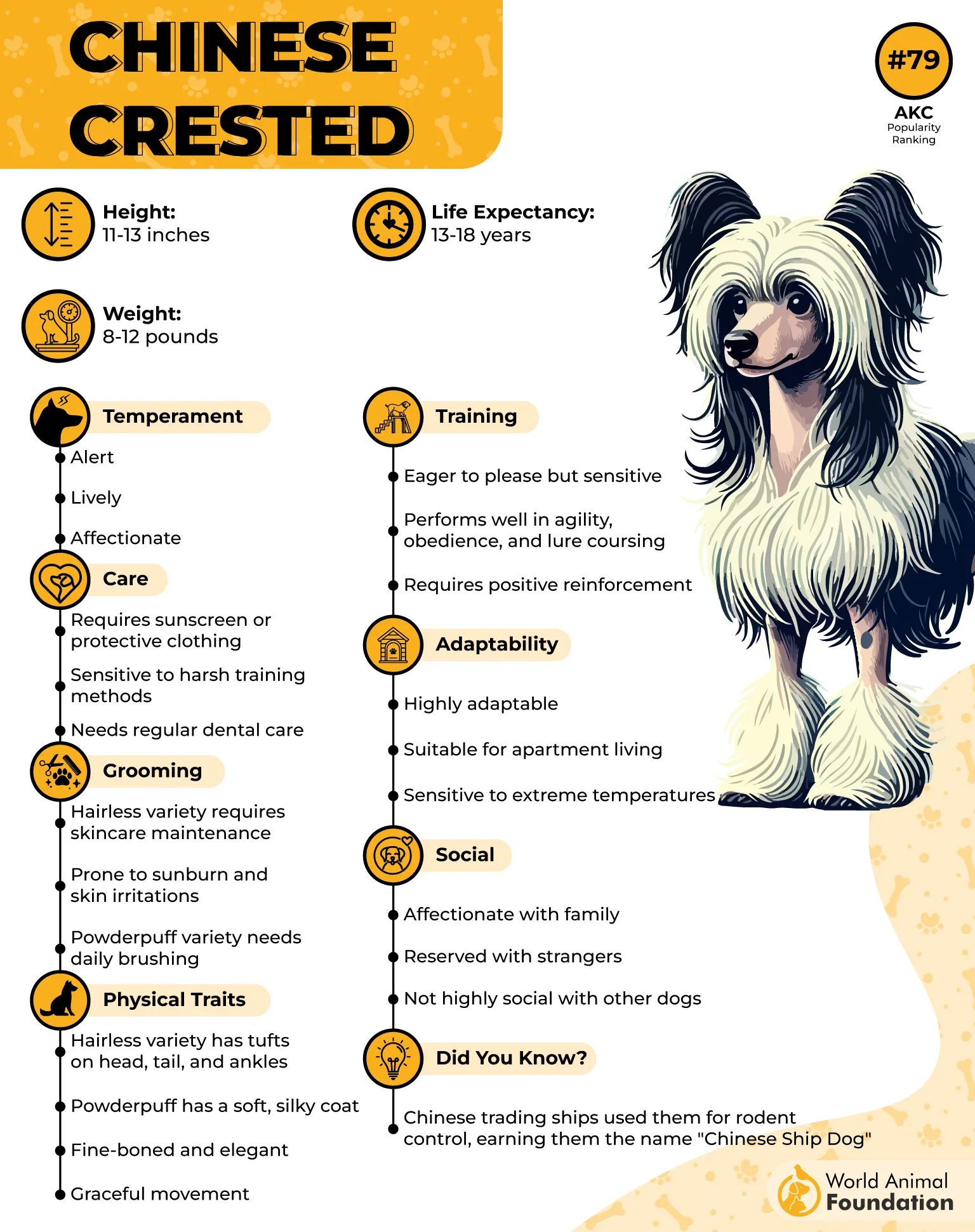
Chinese Crested puppies enjoy a longer puppyhood than many breeds, with lifespans often reaching 13 to 18 years, so be ready for a long-term companion full of love (and a little mischief)!
Bonus: With minimal fur, there’s not much for allergens to cling to. Downside? You might need to apply sunscreen. (Yes, seriously. This breed can get sunburned.)
With proper training and socialization, Chinese Crested dogs can be wonderful companions for families, singles, and seniors alike—they’re adaptable, affectionate, and just the right amount of quirky.
3. Irish Water Spaniel
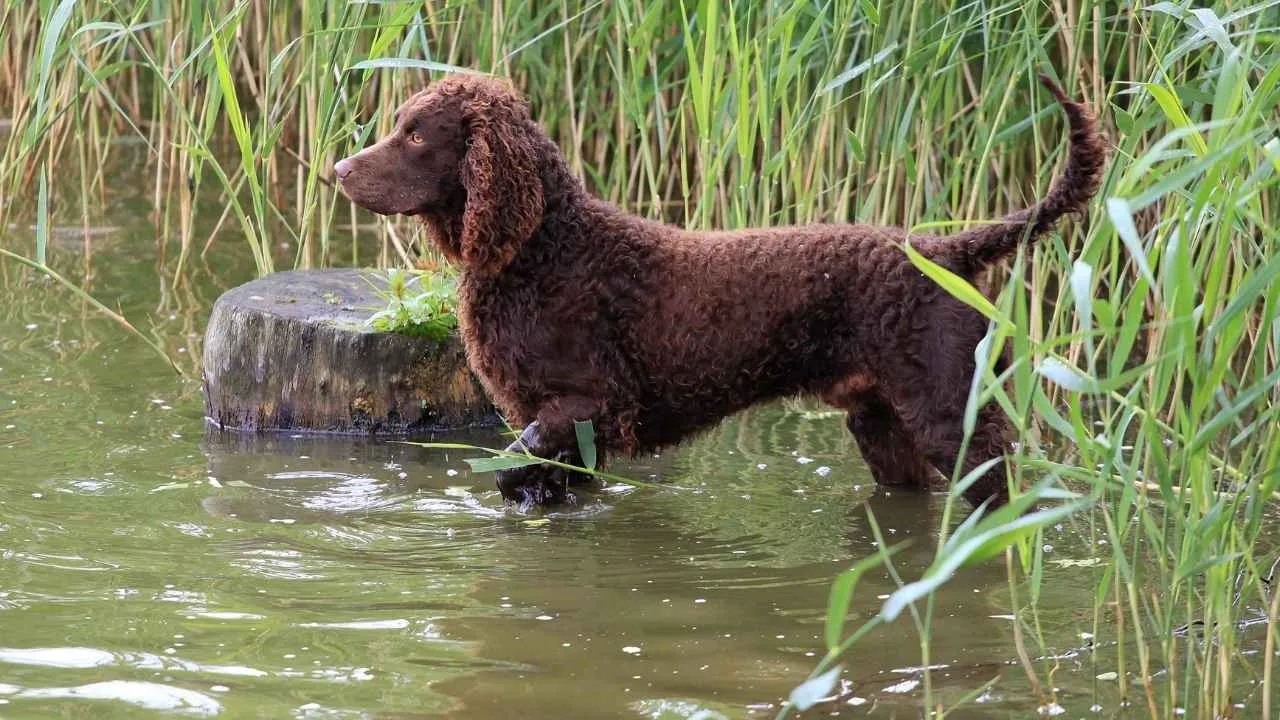
Think of the Irish Water Spaniel as the curly-haired, water-loving cousin of the Poodle. Their tight curls act as a barrier to trap dander, and they don’t shed much, making them a great pick for allergy-prone homes.
The Irish Water Spaniel is one of the oldest and most distinctive spaniel breeds, known for its curly, liver-colored coat, webbed feet and signature “rat tail.” This breed is not only striking in appearance but also highly intelligent, energetic, and eager to please.
As a working dog originally bred for retrieving game from water, the Irish Water Spaniel excels at swimming and is naturally athletic. Their dense, water-repellent coat makes them ideal companions for outdoor adventures, especially in wet or cold conditions.
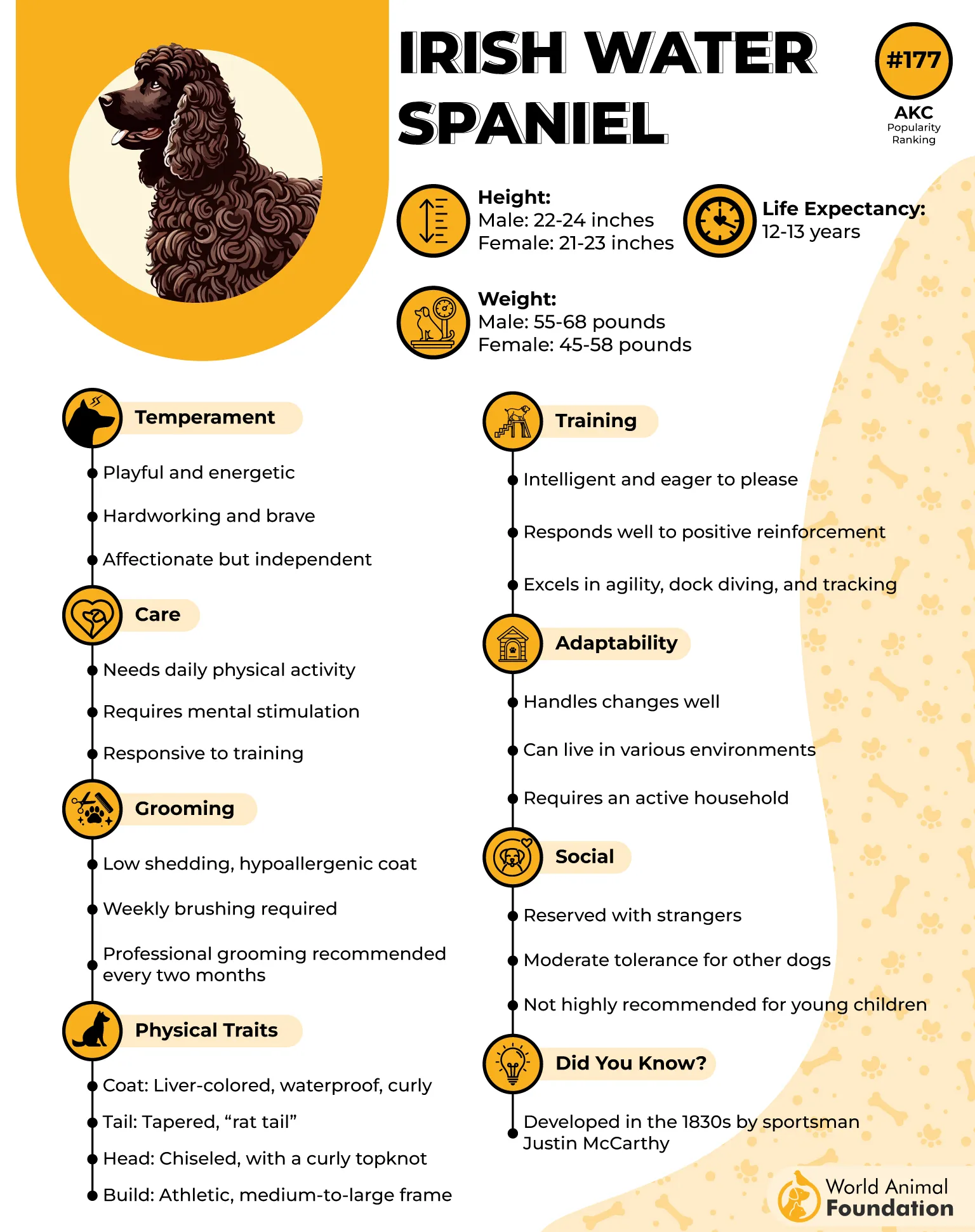
They require regular grooming to keep their coat from matting and benefit greatly from mental stimulation and physical activity. In the right hands, the Irish Water Spaniel makes a wonderful companion for active individuals or families looking for a hypoallergenic, fun-loving, and highly trainable dog.
Though Irish Water Spaniels are affectionate and devoted companions, they might not be the best fit for apartment life or homes where living space and time for exercise are limited—these energetic pups need room to romp and regular interaction to stay happy.
4. Miniature Schnauzer
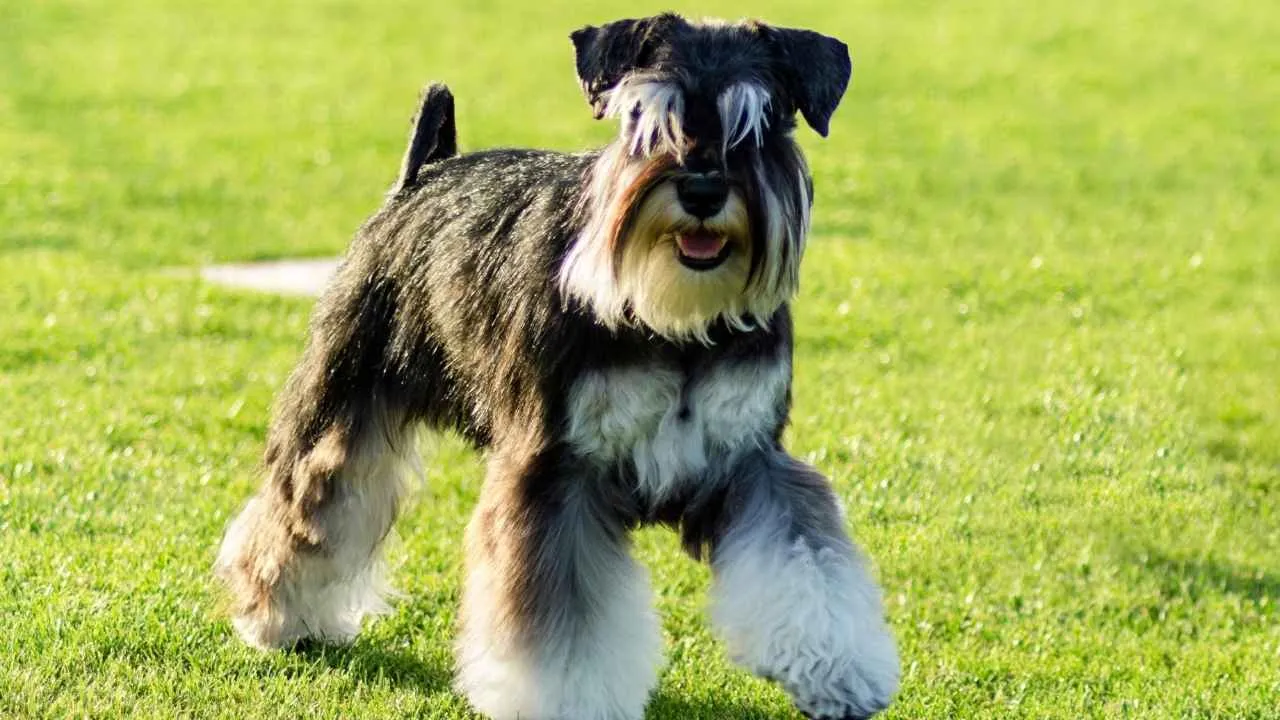
Small, sassy, and rocking the best beard in the dog world, the Miniature Schnauzer is a great option for allergy sufferers. They’ve got a double coat—a soft undercoat and a wiry topcoat—but don’t shed like crazy, which helps keep allergens in check.
Miniature Schnauzers are the pint-sized members of the Schnauzer trio, standing about 12–14 inches tall at the shoulder and weighing in between 10–20 pounds. They’re the smallest of the bunch—right below their larger cousins, the Standard and Giant Schnauzers.
Miniature Schnauzers are versatile little companions who fit right into all kinds of households. As long as they’re by your side, they’re happy—whether it’s a bustling family home or a quiet apartment, your company is their favorite place to be.
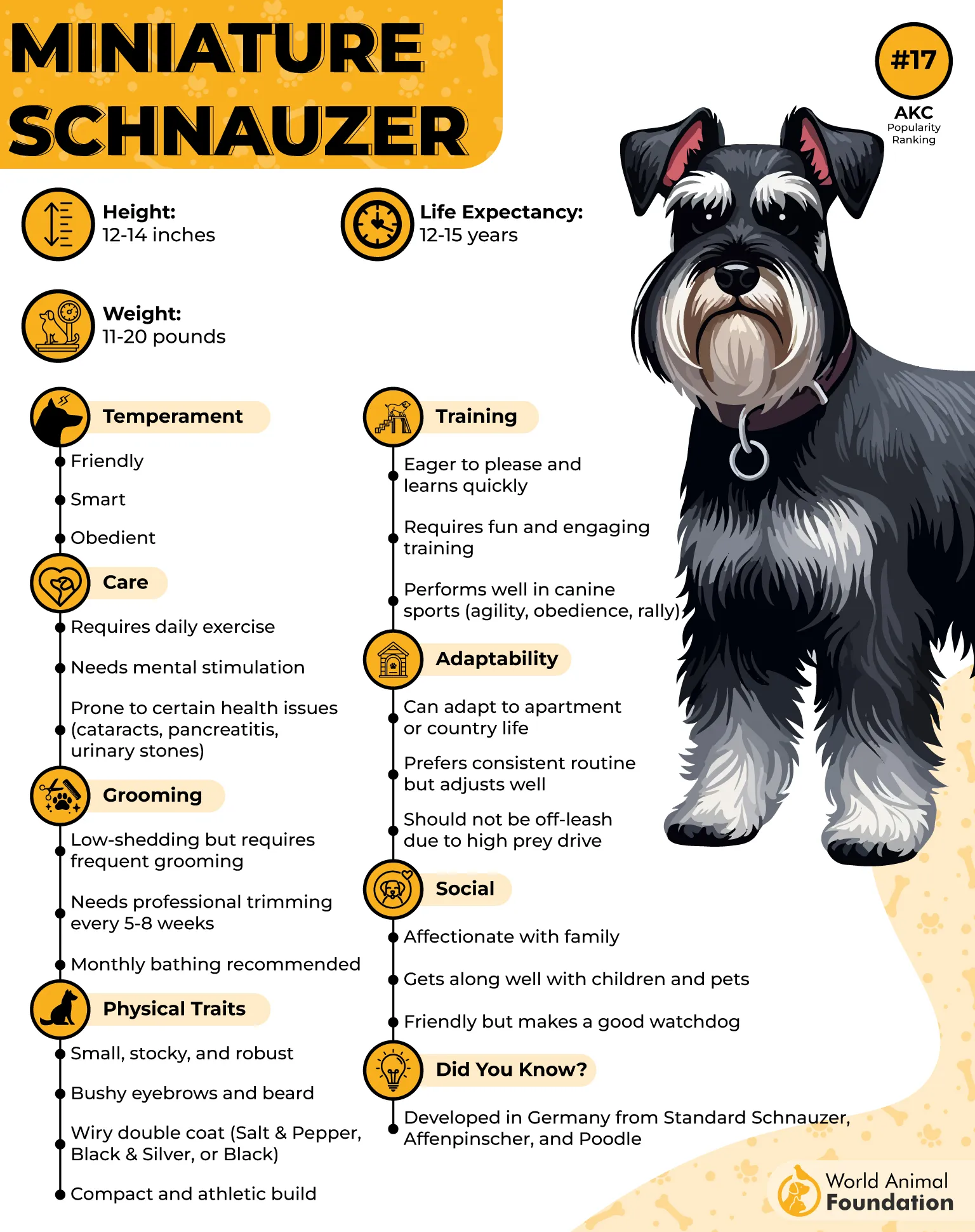
Miniature Schnauzers are naturally alert little watchdogs—so don’t be surprised if they sound the alarm for every neighbor, delivery driver, or overly confident squirrel that dares cross their path!
Schnauzers are eager to please and usually take well to training. Once your Miniature Schnauzer nails the basics like “sit” and “stay,” you can level up with fun tricks or even get them zooming through an agility course—they’ll love the challenge, and you’ll love showing off their skills!
They’re indoor dogs for the most part, but don’t assume they’re content just chilling on the couch. If you skip playtime or daily walks, they’ll find their own “fun”—and by fun, we mean destroying your favorite shoes.
According to PetMD, keeping a Miniature Schnauzer looking sharp takes some effort—their wiry, medium-length coat needs regular grooming from both their devoted humans and a professional groomer to maintain that signature dapper appearance.
Their smart, spunky personalities and adorable old-man looks make them fan favorites across the board.
5. Coton de Tulear
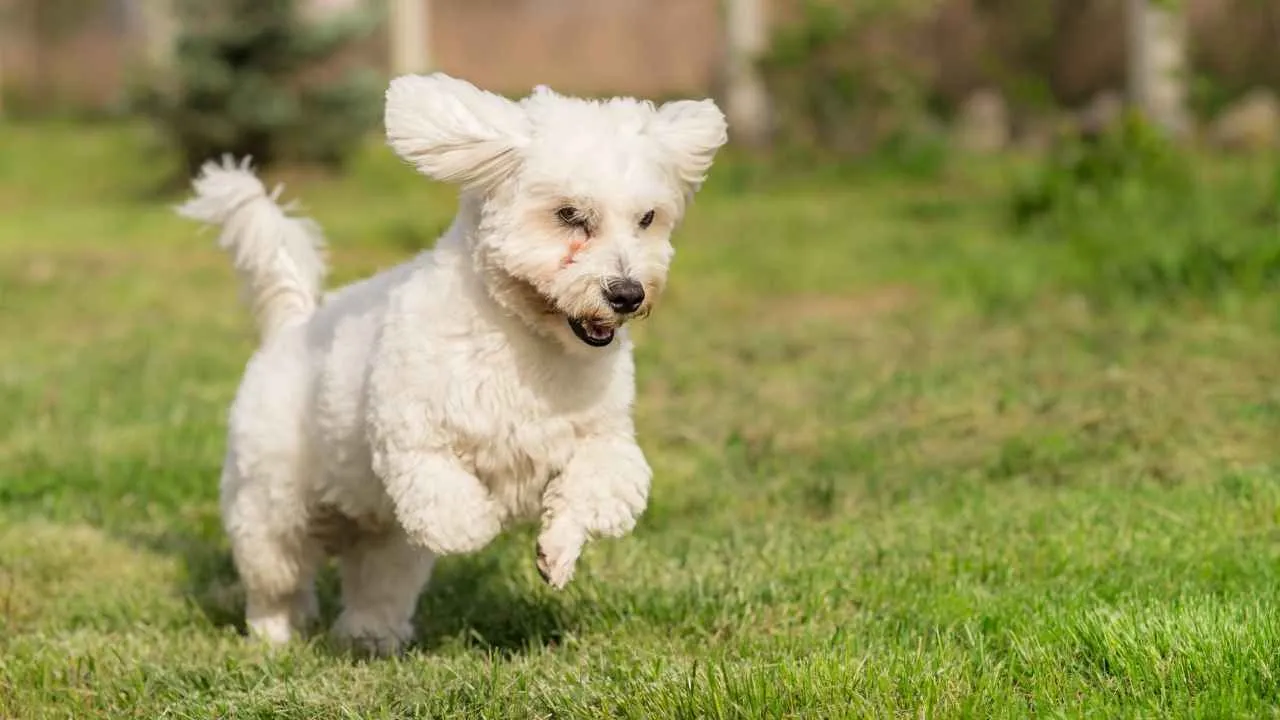
Ever wanted a walking cotton ball as a pet? Enter the Coton de Tulear, named after their cloud-like white coats. The Coton de Tulear is often regarded as one of the best companion dogs, with owners frequently noting their almost human-like qualities.
Despite the formal-sounding name, these dogs are incredibly lovable and have a personality that’s anything but intimidating.
The Coton de Tulear is a small hypoallergenic dog, with males typically weighing between nine and 15 pounds, and females ranging from eight to 13 pounds. Perfectly sized for cozy cuddles!
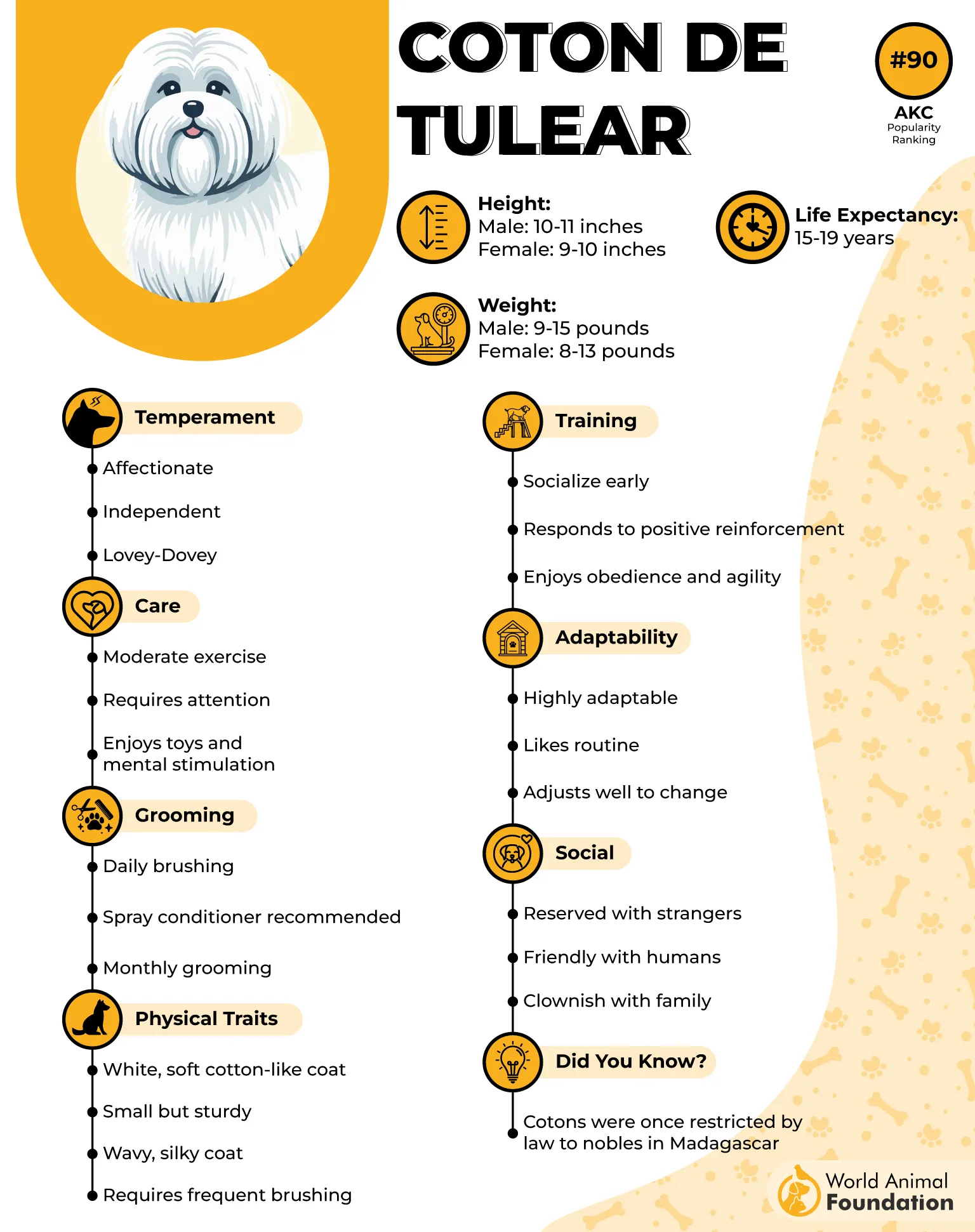
These gentle fluffballs are as sweet as they look—and their soft, low-shedding coat makes them ideal for people with allergies. While they don’t shed excessively, Coton de Tulears do tend to shed a bit more in the spring. To keep their coats looking fresh, they’ll need frequent brushing, a few times a week.
As per WebMD, the Coton de Tulear is an active dog that enjoys a moderate exercise. They’re content with leisurely walks alongside their owners and don’t require long, strenuous activities to stay happy and healthy.
Cotons are calm, quiet, and rarely bark without a reason (bless them). They get along with kids, other pets, and even that grumpy neighbor upstairs.
A daily 30–60-minute walk plus some playtime will keep them in tip-top shape. They’re not droolers either, which your furniture and sleeves will appreciate.
6. Kerry Blue Terrier
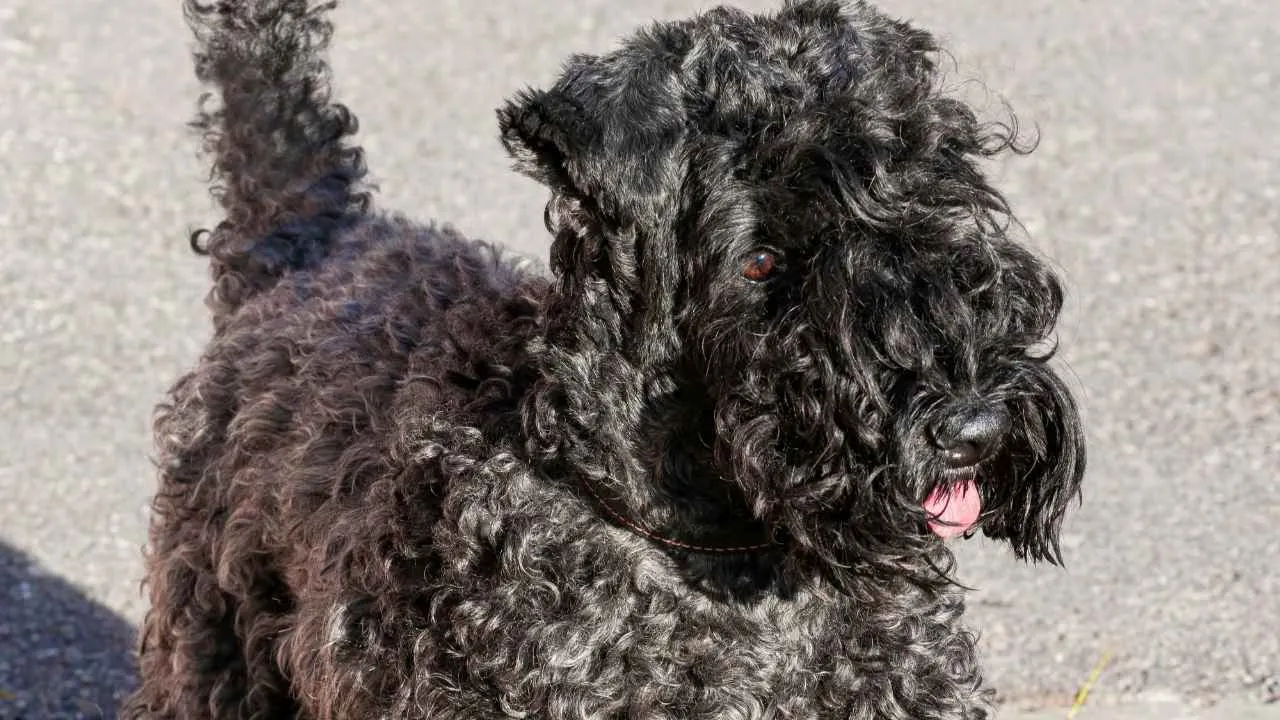
The Kerry Blue Terrier isn’t just stylish—it’s practical too. Their soft, curly coats don’t shed much, and their dander levels are on the lower side, making them a solid hypoallergenic pick.
Originally bred to hunt and herd, these medium-sized pups have courage and energy to spare. Translation: Small pets like rabbits and cats may not love them back.
Kerry Blue Terriers are loving and devoted to their families, and with the right introduction, they’re usually patient with children. However, without early socialization, they can be a bit standoffish with strangers and may not always play nice with other animals, including fellow dogs.
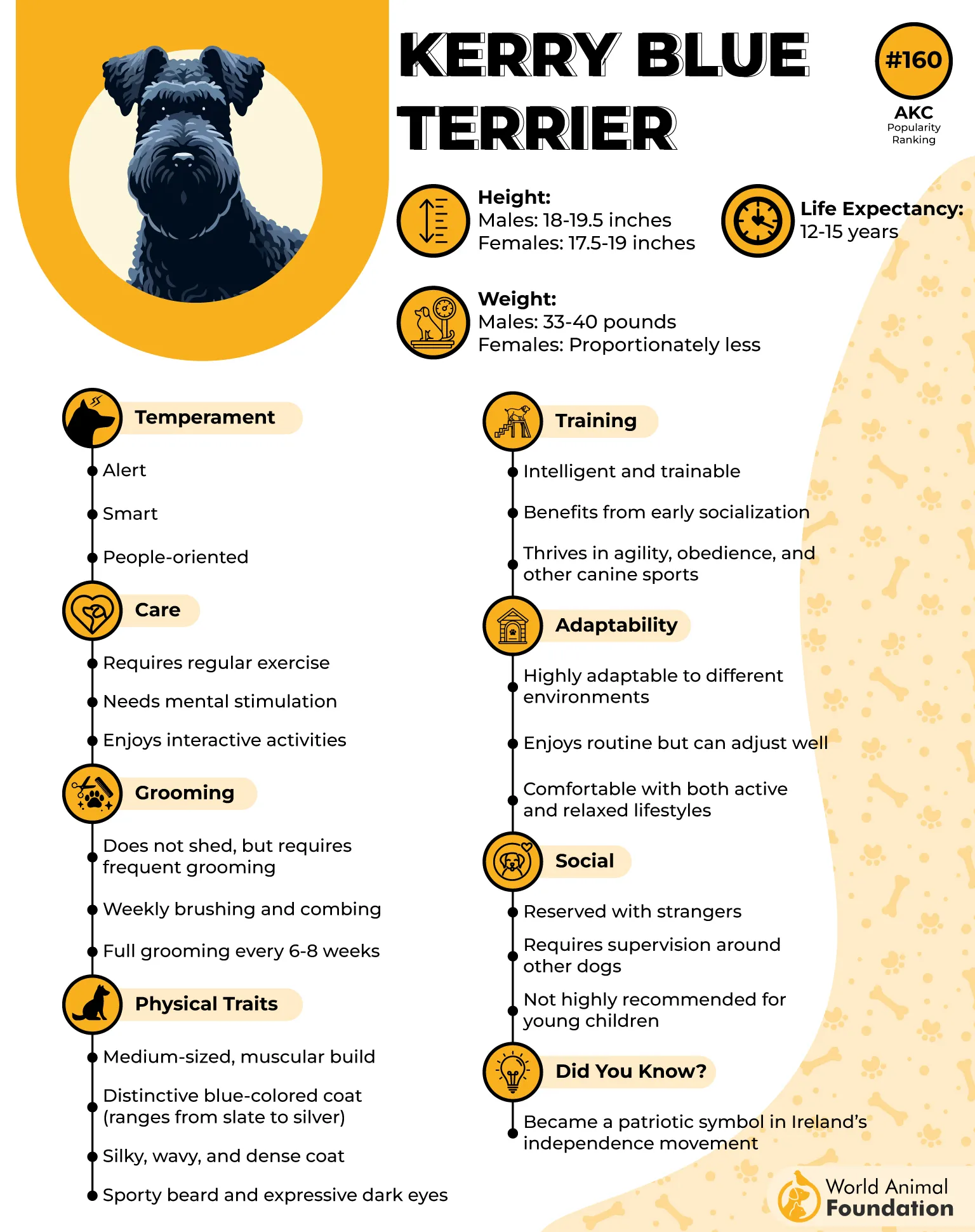
Kerry Blue Terriers are bundles of energy who love activities like hiking, dock diving, and agility courses. Always up for an adventure, they thrive in active, outdoorsy families who can keep up with their playful spirit.
With their strong-willed and courageous nature, driven by their hunting instincts, they make excellent watchdogs. They may get a little too vocal if they’re not getting enough mental stimulation or ample exercise. With about an hour of daily activity, they’ll be content and less likely to bark up a storm!
Kerry Blue Terriers can handle being left alone for short stretches, especially if they’ve been crate trained. However, being a social breed, they can develop separation anxiety if left alone for too long without stimulation or companionship.
Frequent grooming (every 4–6 weeks) is a must, but that iconic bluish-gray coat is totally worth it. They’re brainy, brave, and always ready to defend your sofa from imaginary intruders.
7. Yorkshire Terrier
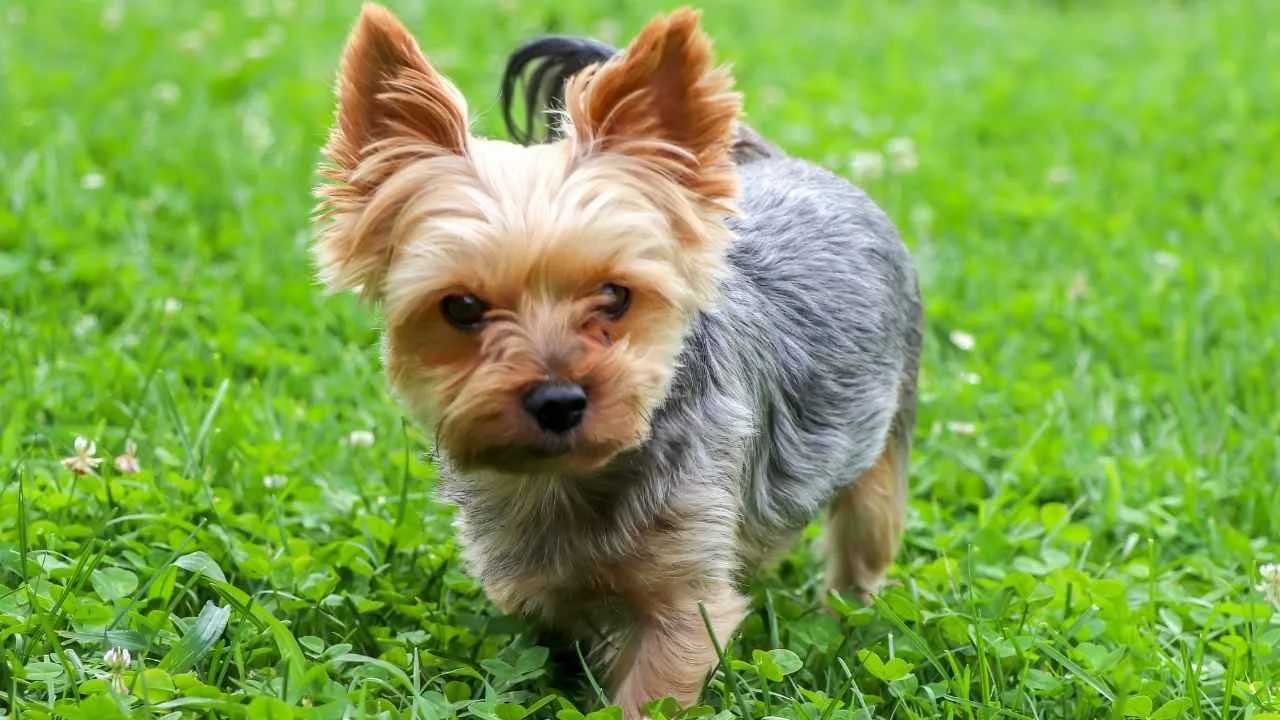
Don’t let the dainty size fool you—Yorkshire Terriers, Yorkies, are feisty, cute little furballs wrapped in silky, fluffy white coats. Yep, hair, not fur. That means they shed less and produce fewer allergens, especially the teacup-sized ones (because less dog = less dander).
They’ve got big personalities packed into tiny bodies. Expect sass, class, and some dramatic side-eyes. But with consistent grooming needs, they’ll stay snazzy and sneeze-free. Yorkies make perfect purse dogs, lap dogs, and even watchdogs—just don’t tell them how small they are. It’ll ruin their confidence.
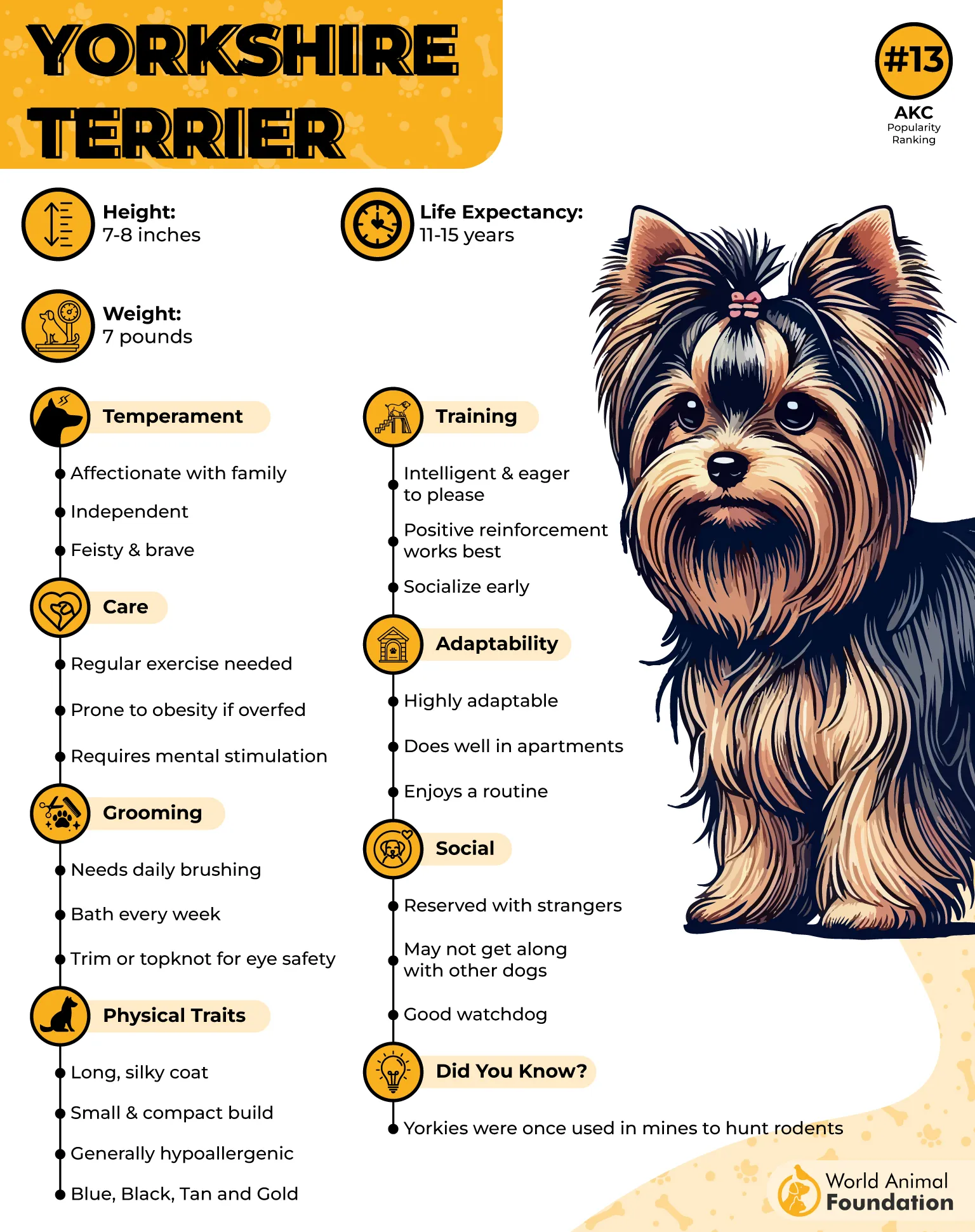
These small hypoallergenic breeds make fantastic family pets, whether you’re in a cozy apartment or a spacious home with room to roam. With their long, hair-like coats, Yorkies require regular grooming, and because they’re not fond of the cold, you may need to bundle them up in dog coats or cute sweaters to keep them comfortable.
Despite their smarts, Yorkies can be a bit tricky to train. The key to success is positive reinforcement—lots of praise and tasty treats! Keeping training sessions short and enjoyable will help keep your little Yorkie engaged and eager to learn.
Conclusion
While there’s no such thing as a completely hypoallergenic dog, many small hypoallergenic dog breeds—like the Bichon Frise, Toy Poodle, Maltese, American Hairless Terrier, Soft Coated Wheaten Terrier, Portuguese Water Dog, Bedlington Terrier, and certain Schnauzer breeds—can significantly reduce allergens in your home. These low-shedding dogs often have a coat type that resembles human hair, which can help minimize pet dander and skin cells, two major triggers for allergic reactions.
For individuals allergic to dogs, choosing breeds with curly coats, silky hair, or even hairless varieties can help limit exposure, especially when combined with regular brushing, professional grooming, and cleaning practices that help prevent matting and control loose hair. It’s also important to note that a dog’s saliva can cause allergy symptoms, so managing contact and maintaining good hygiene are key.
Whether you live in a compact apartment or have ample living space, there’s likely a hypoallergenic breed suited to your living environment. These smaller breeds typically need daily exercise, like moderate walks, to stay healthy and be a happy dog. Consider adopting from a local shelter or finding a reputable breeder who understands allergy concerns. With the right choice and care, you may just find a loving companion without the need for air purifiers or constant sneezing. And don’t forget—some mixed breeds may also inherit low-allergen traits, making them a great option among other dogs for allergy-sensitive families


